Wet plate negsatives have been on my list of “to do’s” for a while. I’d been playing around with bright ambrotypes and Van Dyke Brown prints with a little success but usually hit and miss, although I like this one of Steph.

So, denser negatives are needed. I opted for and attempted the iodine and Pyro re-development technique.
Now I’m never one for just reading the manuals/researching online and doing it the right way the first time around.
I started out with my standard chems, shot an ambrotype and then a bright ambrotype. I’m sure I’d read somewhere at sometime about diluting your dev and exposing for longer….. So thats what I did. A couple of plates with diluted positive dev 50/50 with distilled water. Hmmmm with that much water the dev really doesn’t like staying on the plate resulting in some poor dev’d edges…. Move onto proper negative developer, basically less iron and more alcohol/acid…. this proved a little too vigorous for my liking, so back to the positive developer this time diluted with a 50/50 solution of IDA and Acetic acid, blimey, it stank. This was pretty strong so the next one I diluted even further with added water…. this one at least coated and stayed on the plate! Here they are….

Whats weird is the positive dev plates when re-developed have a lovely blue tint to them, no good as negs but great as bright blue ambrotypes… maybe someone can enlighten me.
So after all that what was the result… Use negative developer…. because thats what its for!
Apparently older collodion, contrasty light and negative dev is the way to go. Thanks Mark.
Stop messing around and do it properly Tony.
First 1/2 plate, pre and post re development…
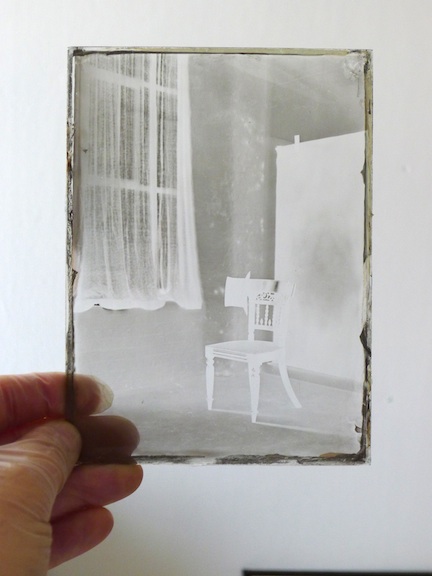
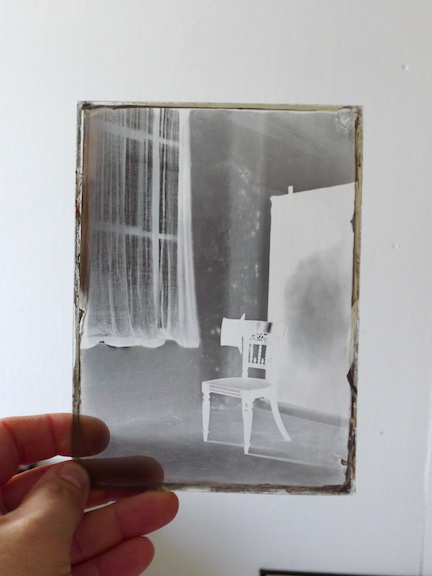
and the VDB from it… 6 minutes.
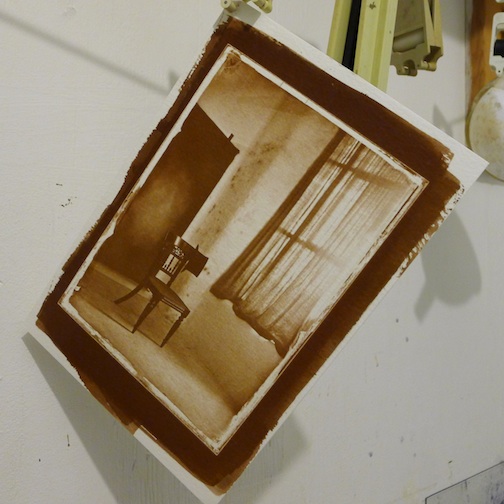
Second plate…

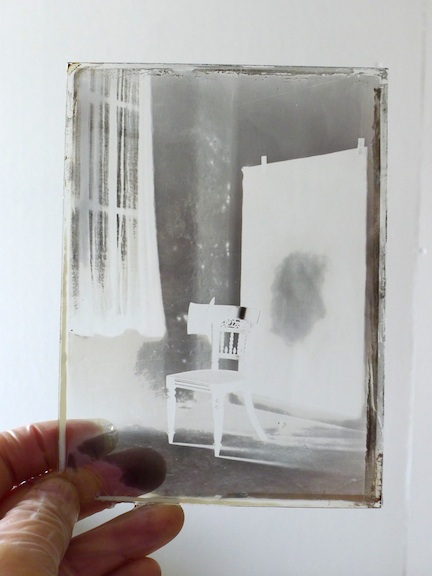
and the VDB… 8 minutes.

and another…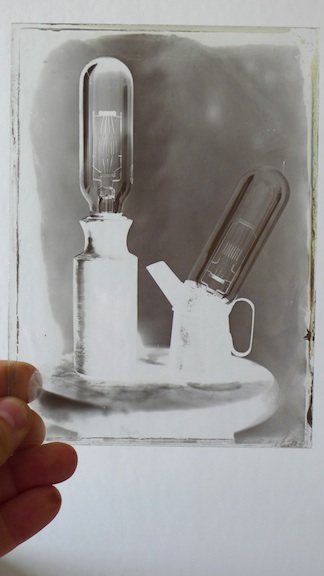
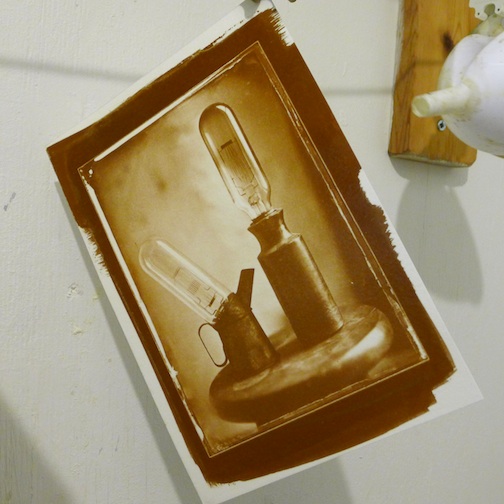
Looking at these now they could have been quite a bit denser, that just takes time with the pyro and silver, so something to think about next time, especially if I’m thinking of albumen prints, but for now I’m more than happy with these VDB’s.
Will have to wait to see how they look when dry.
Yes, the trick appears to be the density…and long development from an overexposed image…I exposed a stop and a half over then 1.5 minute development on my first attempts…
Hi Tony,
Nice negatives and prints.
The key to a printable collodion negative is the exposure and of course the right developer. If you get the exposure right, there’s no need to intensify – overexposure being worse than underexposure. A brief glance into almost any 19th century textbook will tell you that back then, intensification was only the second choice if the lighting situation was difficult.
Negative developers do not necessarily have to be weaker than those for ambrotypes. Lea’s neg developer contains almost two times the amount of FeSO4 than the modern positive developers as does my favourite developer (also from a 19th century textbook).
I never really liked the Iodine/Pyro redevelpment.
Hi Michael,
Hope you are well.
Any suggestions appreciated, especially what you consider your favorite developer.
I’m trying to find a way of making decent prints without the hassle of making seperate negs. So decent prints from decent ambrotypes would be the mission!
Cheers,
Tony